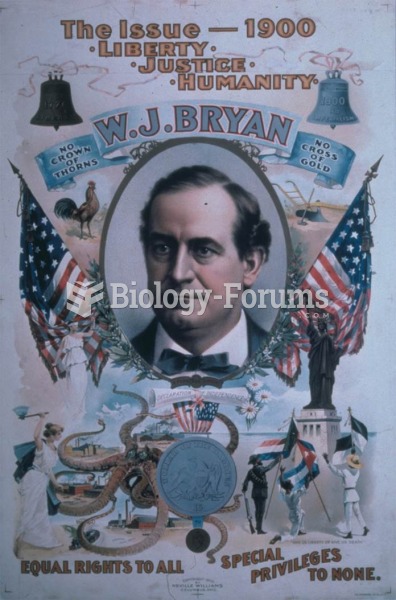Praise is not the same as flattery. When we flatter someone, we use excessive compliments that are insincere in order to ingratiate ourselves to that person. When we praise, our compliments are in line with the behavior or accomplishment. We express only admiration that we genuinely feel. For praise to achieve its goal and not be perceived merely as flattery, we need to focus the praise on the specific action and make sure that the message is worded so that it is in keeping with the significance or value of the accomplishment or behavior. If a friend who tends to be forgetful remembers to return a pair of pliers he borrowed that same day, that is a behavior that should be praised so that it is reinforced. But saying, You're so wonderful, you're on top of everything reinforces nothing because it is an overly general statement that does not identify a particular behavior or accomplishment. Overly general statements can be perceived as flattery. Gushing Oh, you remembered to return the pliers I'm so grateful. That was just unbelievably thoughtful of you is overkill that will be perceived as insincere. Simply saying something like Thanks for returning the pliers today; I really appreciate it would be appropriate. A response like this acknowledges the accomplishment by describing the specific behavior and the positive feeling of gratitude that the behavior has caused. The primary purpose of the passage is to
a. condemn those who use excessive flattery.
b. entertain the reader with interesting anecdotes about using flattery.
c. discuss the effects of flattery.
d. convince the reader to use praise rather than flattery.
Question 2
Praise is not the same as flattery. When we flatter someone, we use excessive compliments that are insincere in order to ingratiate ourselves to that person. When we praise, our compliments are in line with the behavior or accomplishment. We express only admiration that we genuinely feel. For praise to achieve its goal and not be perceived merely as flattery, we need to focus the praise on the specific action and make sure that the message is worded so that it is in keeping with the significance or value of the accomplishment or behavior. If a friend who tends to be forgetful remembers to return a pair of pliers he borrowed that same day, that is a behavior that should be praised so that it is reinforced. But saying, You're so wonderful, you're on top of everything reinforces nothing because it is an overly general statement that does not identify a particular behavior or accomplishment. Overly general statements can be perceived as flattery. Gushing Oh, you remembered to return the pliers I'm so grateful. That was just unbelievably thoughtful of you is overkill that will be perceived as insincere. Simply saying something like Thanks for returning the pliers today; I really appreciate it would be appropriate. A response like this acknowledges the accomplishment by describing the specific behavior and the positive feeling of gratitude that the behavior has caused. The author shows bias against
a. praise.
b. accomplishments.
c. flattery.
d. forgetfulness.







